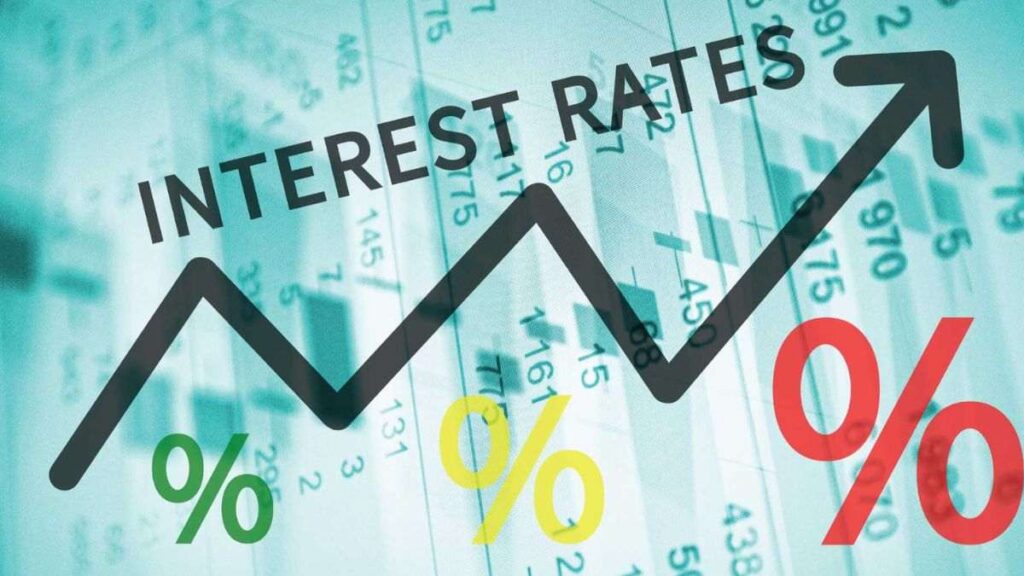The actions taken by the US Federal Reserve have significant implications for the Indian economy due to interconnectedness in currency, investment, and trade. Any movement can lead to various effects on India’s economic landscape. Today, Indian benchmark stock indices continued their upward trend, reaching new all-time highs, following the Federal Reserve’s decision to maintain interest rates unchanged for the third consecutive meeting. More importantly, the Fed signaled a clear end to its aggressive rate hike cycle and projected a series of rate cuts starting next year.
Fed officials anticipate reducing rates by 75 basis points in 2024, a faster pace of cuts compared to earlier projections in September. This move is viewed positively for India due to its overall impact.
Effects on Markets The US rate cuts lower interest rates there, potentially increasing foreign investment in Indian markets. This occurs as foreign investors find India more attractive than the US, given the widened interest rate differential. The inflow of foreign capital is expected to further bolster Indian markets. Foreign institutional investors, who had withdrawn from Indian markets during the US rate hike period, are likely to return.
The clear dovish stance from the Fed sets the stage for a robust rally, possibly triggering a pre-election surge that could propel markets to new highs. V K Vijayakumar, Chief Investment Strategist at Geojit Financial Services, anticipates a “smart Santa Claus rally” in the coming days following the Fed’s message.
Impact on India’s Economy Lower US interest rates will increase the availability of dollars globally, potentially leading to a weaker dollar and a stronger rupee. This scenario benefits India by reducing its import bill, particularly for crude oil, which constitutes a substantial portion of India’s imports. A stronger rupee also makes servicing foreign debt less expensive for India.
Reduced costs for imported fuel typically help in controlling inflation, as higher transportation expenses contribute to inflation growth along with increased costs of other imported goods and services.
The US Fed’s indication of rate cuts next year could mark the end of the global tightening cycle. The Reserve Bank of India (RBI) may also follow suit and consider rate cuts, particularly if inflation trends closer to the targeted 4% by mid-next year. This aligns with a positive global economic outlook driven by the US Fed’s actions, which supports demand growth.
Impact on Business Lower US rates imply increased dollar availability, potentially leading to greater investment flows into Indian markets. This influx of foreign capital can boost investments in Indian companies, thereby enhancing overall business activity.
A shift towards US rate cuts could also benefit Indian startups, which faced funding challenges during the Fed’s tightening phase. Most investors in Indian startups are American, and the easing of US monetary policy could mark the end of a funding downturn for India’s struggling startup sector.
A stronger rupee resulting from a weaker dollar may negatively affect Indian exporters by reducing their income. However, it would benefit businesses reliant on imports, such as those needing imported raw materials or subsidiary goods. Additionally, cheaper foreign travel and reduced costs for foreign education loans would be advantageous under this scenario.











More Stories
Protecting Wealth in Uncertain Times: Defensive Diversification Approaches
Fake news sites outnumber US newspaper sites: Report
Apple is now the most valuable US public company